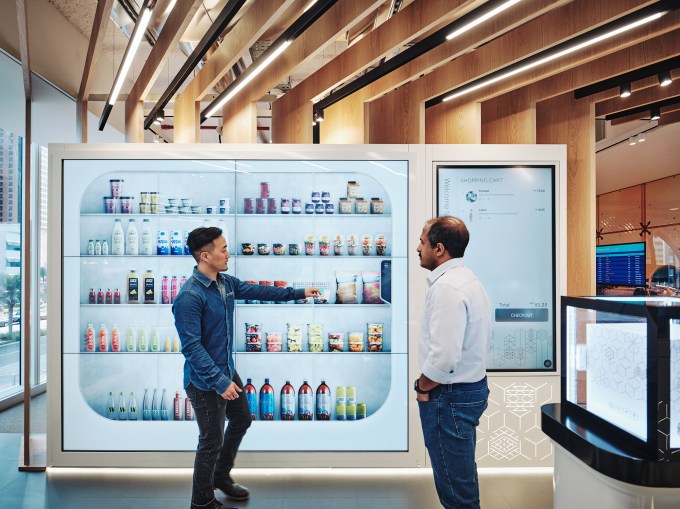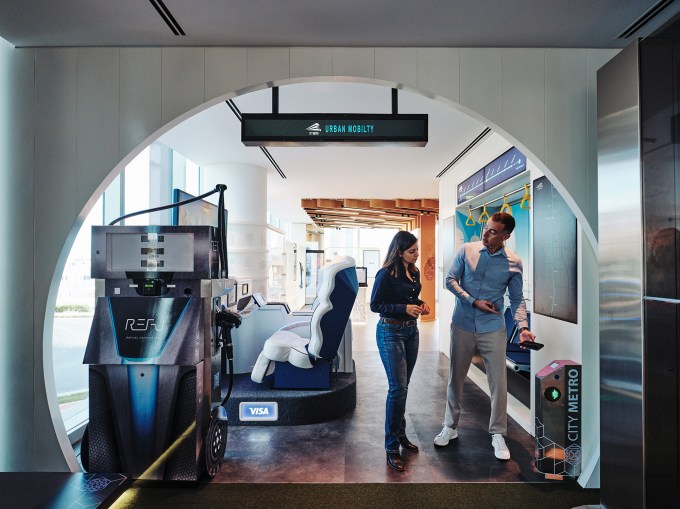By Otto Williams, Senior Vice President, Head of Product, Partnerships and Digital Solutions, Visa Central and Eastern Europe, Middle East, and Africa (CEMEA)
In today’s fast-paced world, with change apparently the only constant, the exchange of ideas or information has never been more vital, and the importance of the right innovations at the right time has never been clearer. And it is first and foremost through collaboration that creative endeavours will bring about the changes that will drive innovation, including shaping payments solutions for the future.
Payments are ripe for innovation, with the relentless pace of transformation sparked by the Covid-19 pandemic demonstrating to everyone how critical novel forms of payment are to keep the wheels of commerce turning. But despite all the hard-won advances of recent years, there are still hundreds of millions of people and merchants who have no access to the current financial system and need to be a priority for all innovation efforts.
Some of the most important platforms available to help develop new ways for all of us to pay and be paid are Visa’s innovation centers; creating a space to showcase the art of the possible. Each innovation center, whether in Dubai or Nairobi, provides an immersive space where clients and partners can explore human-centric design principles and technology that advance commerce in areas such as authentication, digital, security, and cloud.
Innovation advances

Image Credits: Visa (opens in a new window)
Visa was one of the earliest major global brands to build innovation centers, with one of the first built in San Francisco around a decade ago. Their impact and sustained success are evident in how they’ve grown and expanded around the globe, and how they are helping clients and partners innovate and advance their business. Ideas which once seemed the stuff of science fiction, such as paying via facial recognition, are now becoming reality, and we have centers like these, with their emphasis on creativity and co-creation, to thank for it.
Providing local solutions is a vital role of the innovation centers as evidenced with our most recent center in Nairobi, dedicated to collaboration with local partners to co-create payment solutions specific to the region’s needs.
In Dubai, which is home to a thriving community of start-ups, incubators, and accelerators, our innovation center features purpose-built experience zones that enable in-situ prototyping of innovations across a range of environments, including smart retail, the connected home, a transit lounge and a space focused on small merchants.
Digital payments for the underserved
One of the biggest challenges facing the payments world is how to encourage smaller merchants to accept digital payments. Take Nigeria, with 49% of unbanked population, a great tradition of entrepreneurialism and a clear need for a step change in the way people transfer money and pay for goods and services. With Paga, a Nigeria-based mobile money company, we co-created in our innovation center a solution that allows SMBs to not only start accepting payments on their mobile phones but also access a series of value-added services, including digital payroll and inventory management.
Facial recognition
In payments, it’s often the most interesting consumer-facing innovations which garner the most attention. Now that much of the world has embraced contactless card payments, the next step change could be facial recognition.
In the Middle East, we have recently launched a facial recognition payment acceptance solution – PopPay, in partnership with PopID, a consumer authentication service. With this solution, card issuing banks will be able to join the platform and give their customers the ability to link their facial biometrics to their debit or credit cards to make payments while acquiring banks will be offered the opportunity to distribute PopID’s proprietary face pay terminals to brick-and-mortar businesses around the region. Visa clients will be able to integrate the solution in our innovation centers, which offer a space for developing cutting-edge technologies that leverage not only the biometrics but also blockchain, the IoT and VR.
Where next?

Image Credits: Visa (opens in a new window)
There has already been a proliferation of new ways people can pay and soon, this will be followed by a similar proliferation in what they can choose to pay with, whether traditional fiat currency, crypto, or even loyalty points. Visa wants to enable all users to pay with any type of currency in a single, secure experience. So, you could pay for a cab to dinner with dollars, your meal with stablecoin, and a drink afterwards using airline loyalty points. All this could happen with just one Visa crypto-linked card – we already have more than 65 of the top crypto exchanges on board and airlines like Etihad working with us to make loyalty points schemes available to millions of Visa merchants globally.
As we emerge from the Covid-19 pandemic, the pace of transformation and innovation has continued to gather momentum, and whether in biometrics, AI, cryptocurrency, or something else which may still be a glint in an innovator’s eye, we believe that facilitating an environment in which collaborators can think creatively, test, learn and co-create, will continue to be key to spurring on change.